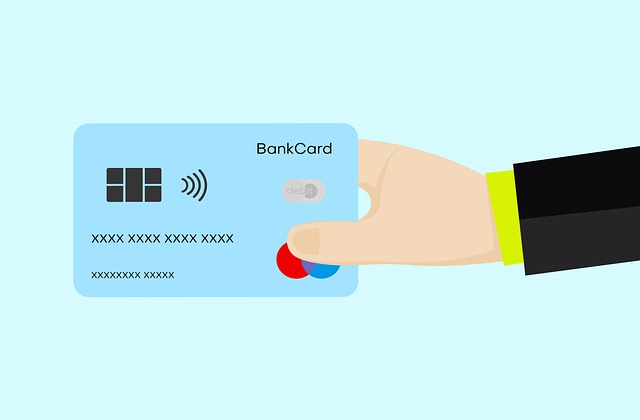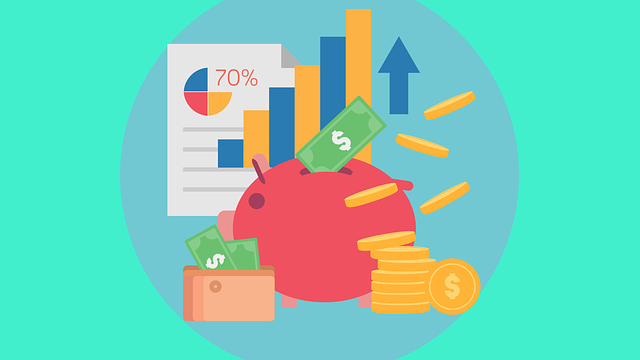Is your business drowning in debt? Most businesses have at least some debt. Statistics show that 20% of small and medium-sized businesses (SMBs) have $100,000 to $250,000 of debt, whereas 16% of SMBs have up to $1 million of debt.
While there’s nothing wrong with financing your business’s operations with debt, you should be conscious of its impact on your business’s cash flow. You may end up paying an excessive amount in interest and other fees, thus harming your business’s cash flow. Debt refinancing, however, may offer a solution.
Debt Refinancing: Everything You Need to Know
 Overview of Debt Refinancing
Overview of Debt Refinancing
Debt refinancing is the process of restructuring debt for financial gain. It’s available for both consumers and businesses. Depending on how much debt your business has, as well as its impact on your business’s cash flow, you may want to refinance it.
By refinancing your business’s debt, you can minimize its impact on your business’s flow. It won’t necessarily lower your business’s debt. Rather, refinancing can lower your business’s interest obligations and other debt-related expenses, thereby improving your business’s cash flow.
How Debt Refinancing Works
If you have a loan with a high interest rate, you may want to seek another loan for the amount of the remaining principal but with a lower interest rate. You can use this new loan to pay off the old loan. This is an example of debt refinancing. It involves refinancing the existing, old loan. Assuming the new loan has a lower interest rate, it will save your business money while improving its cash flow in the process.
Benefits of Debt Refinancing
 Debt refinancing can benefit your business in several ways. If your business has one or more loans with a high interest rate, you may want to refinance them. Refinancing the high-interest loans with new, lower-interest loans will save your business money. Your business will pay less interest on the new loans, so its cash flow will improve.
Debt refinancing can benefit your business in several ways. If your business has one or more loans with a high interest rate, you may want to refinance them. Refinancing the high-interest loans with new, lower-interest loans will save your business money. Your business will pay less interest on the new loans, so its cash flow will improve.
You can extend the term of a loan by refinancing it. Payment amounts are often influenced by terms. A loan with a long term will typically require smaller monthly payments than a loan with a short term. Even if you have a short-term loan, you may be able to refinance it with a long-term loan.
Some businesses refinance their debt for convenience purposes. If your business has a half-dozen small loans, for example, you may want to refinance them with a single large loan.
This article was brought to you by Intrepid Private Capital Group, a Global Financial Services Company. For more information on startup and business funding, or to complete a funding application, please visit our website.









+ There are no comments
Add yours